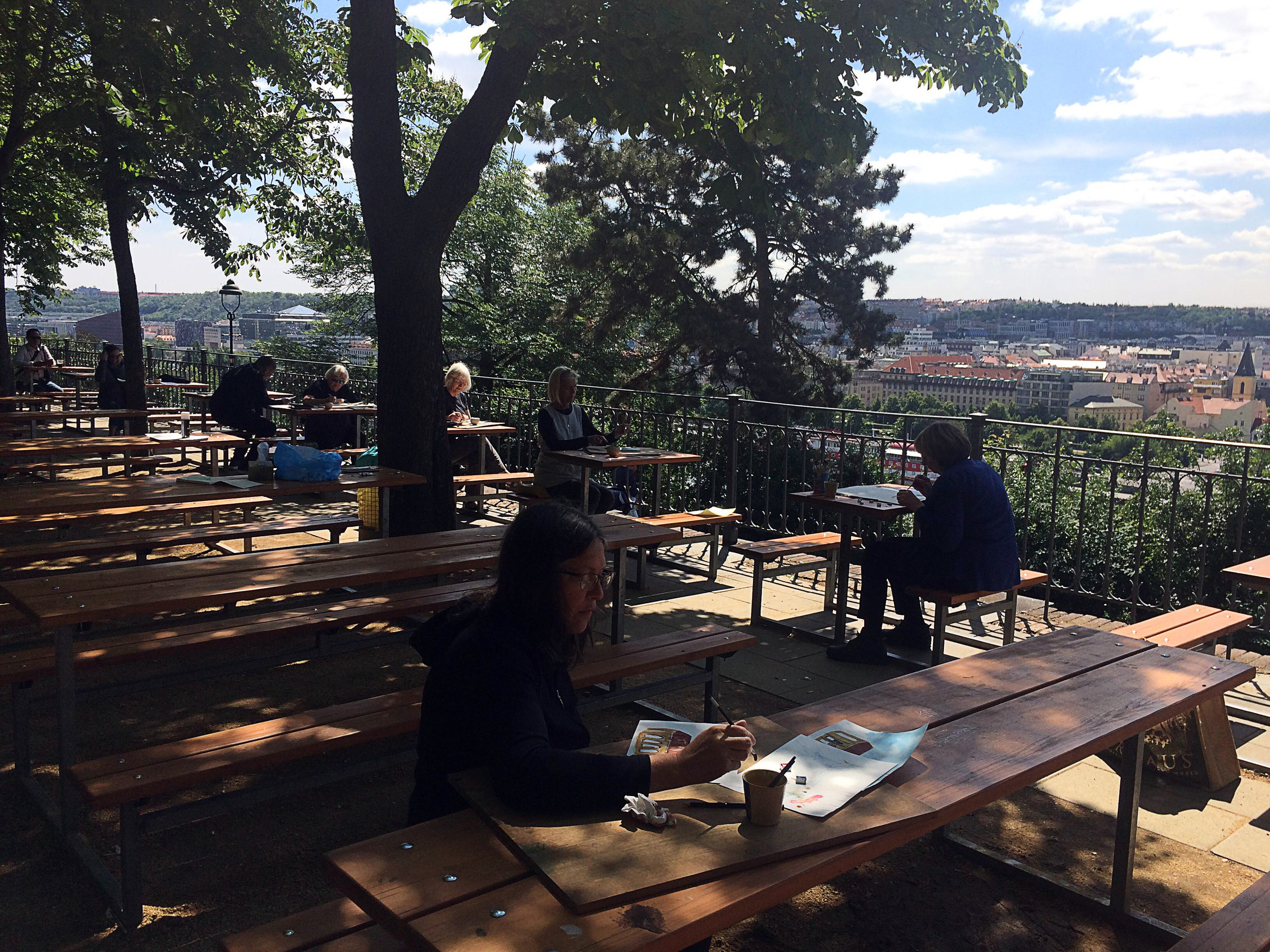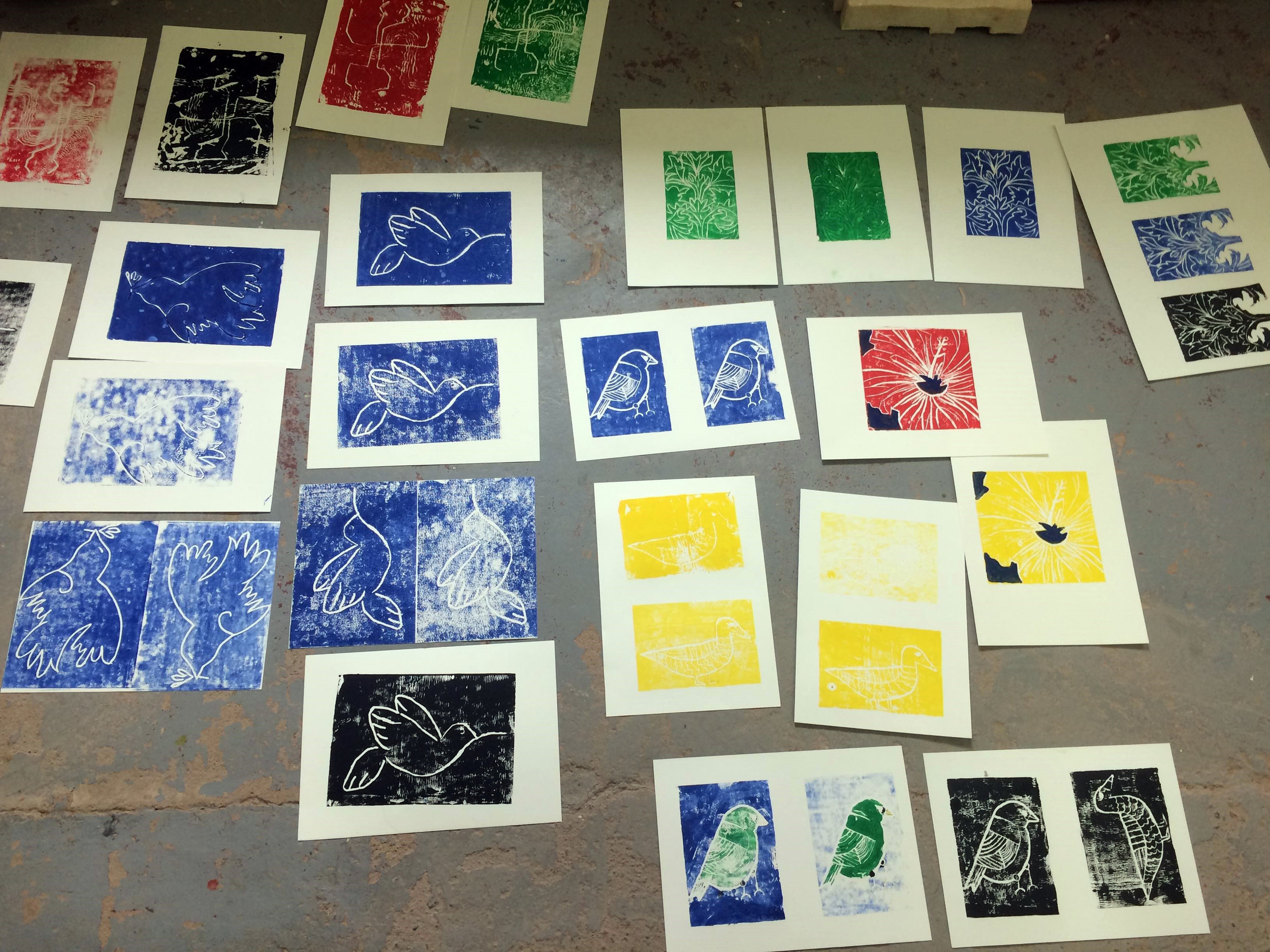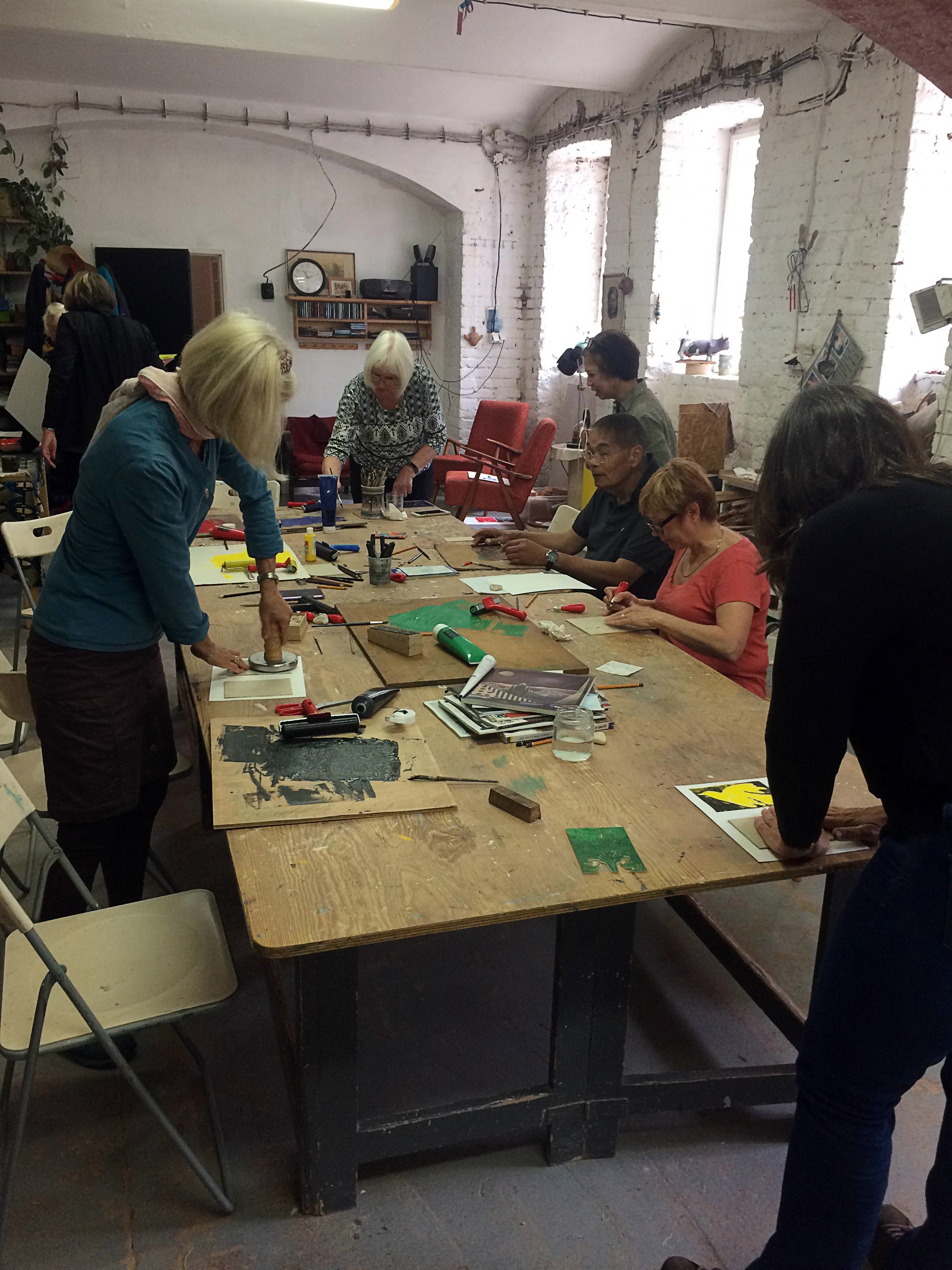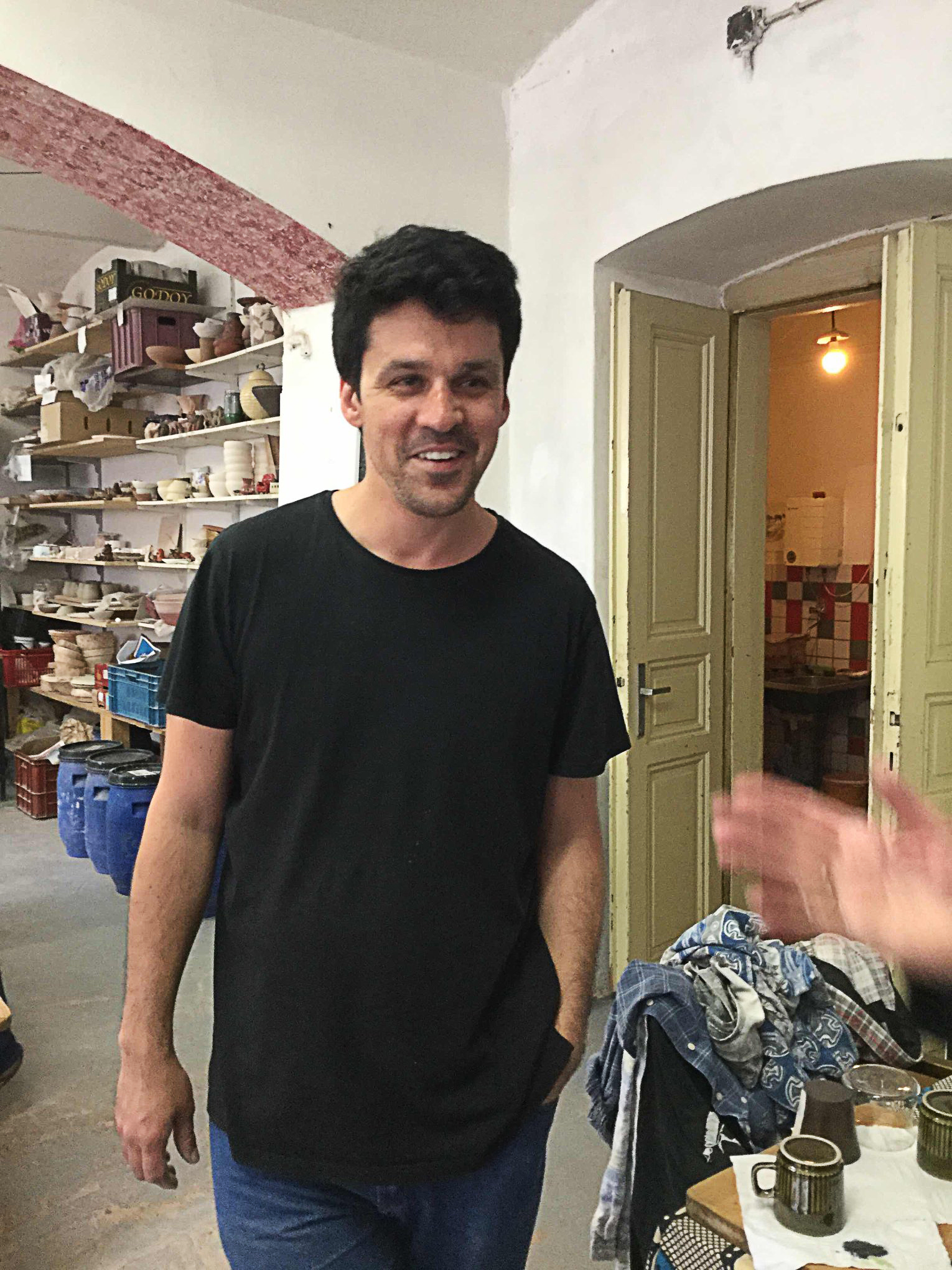At the beginning of my recent workshop, a student used the ‘classic sentence’: ‘I can’t draw!’. My immediate reaction was a combination of genuine confusion and bewilderment. Even though, I have heard the same words throughout the years, it is something I have always had trouble understanding.
When I hear the words: ‘ I can’t draw’, I interpret the words to be ‘I can’t breathe’. I simply find this not to be true; if someone wouldn’t be able to breathe, they simply would cease to exist. As while as someone can breathe, someone can also communicate. Either, verbally or visually. Drawing has evolved and also how we view our world. It’s just that our own creativity has been suppressed and we are afraid to making mistakes and being judged and mocked.
The true fundamentals of drawing is a matter of using perceptive intuition and expression. It is a matter of making use more of your left brain and switching to your right brain. It is a matter of making mistakes.
When we were children, we were playful, we explored and we learnt to have fun and we weren’t afraid of making mistakes. Institutions such as: Schools, family and work project a limited and rigid view on how to see the world and how to approach it, often frowning upon creativity and focusing more on logic. This is the mistake. This why you think you can’t draw. This is why your confidence in creativity has been eroded.
What to do
In order to improve on drawing, we have to think about how we see perspectives differently. I think it is important to practice using the eye as a muscle to exercise, as we would with our feet when we go jogging. It is not so much about technical skill, but more to do with how we perceive things when we look at things and how to execute it in a way that suggests an honesty.
If the sentences of ‘I can’t draw’ lingers long enough in your head, then despite what you do, the idea becomes manifested as true. Another sentence is followed with: ‘but I want to draw it how I see it’.
Most often than not, most people aspire for the presentation preference of the geometric, pragmatic, two-dimensional, structural engineering process. The concept for perceptive intuition becomes void and anything with wonky eyes and a long nose gets shunned upon by the person’s own creation or feels embarrassed if presented to others.
Avoid being an expert. Old ideas become a repetitive ritual. New methods can become a gateway for an improved you.
How to draw better
Stop labeling objects! Question, challenge and dissect the thing you want to draw. This can include drawing from multiple viewpoints, using different materials and having distance from it (hang it up - step back and look for what needs improvement)
Cezanne used to sit; analyzing and studying his subject for long periods before actually working on his pieces.
Instead of trying to draw a perfect symmetric face or to replicate the subject, think about what you are actually seeing in front of you as opposed to what comes from memory and what you think it should look like. Consider using your pencil as a measuring instrument. Pick the subject up if it’s small or walk around it - see it from a different angle. Get close to the subject. The more you research and try to understand the subject, the easier it will be to translate it from your eyes and hands to the paper or canvas.
Feel confident in what you know and understand the best you can about the subject. That will make you better, if not great at drawing.





